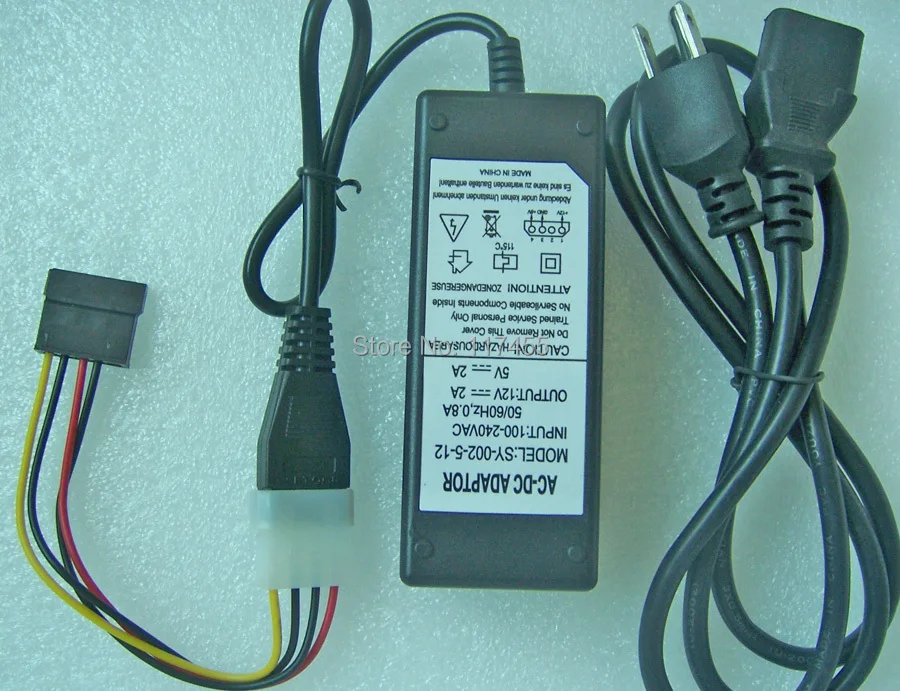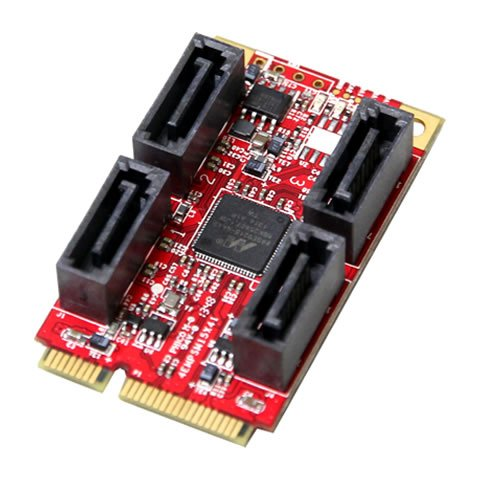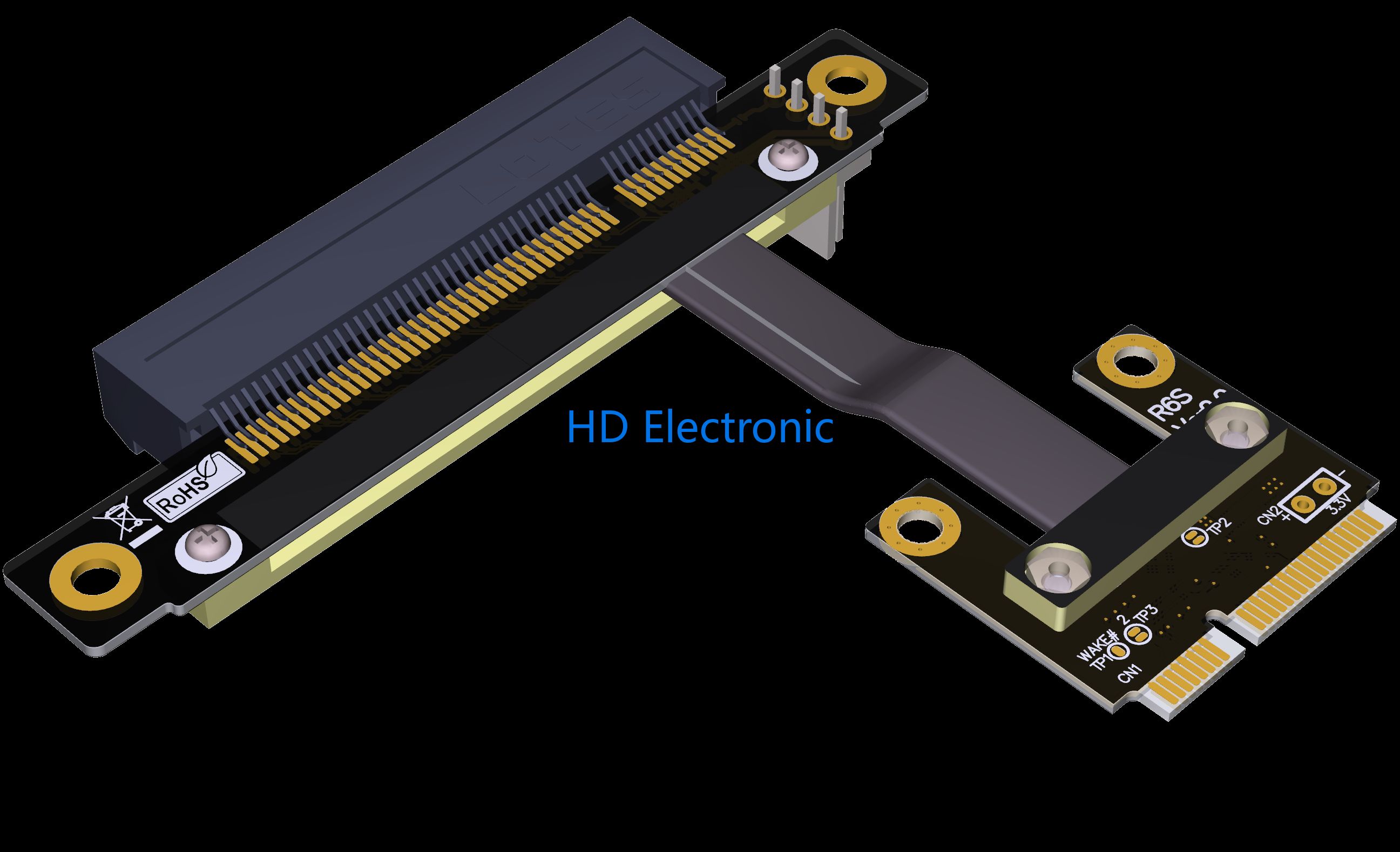First of all, thank you so much for your great answers under my post from yesterday! They were really really helpful!
I've now decided that I will not use something with USB. It really doesn't seem to be reliable enough for constant read-write-tasks, and I don't wanna risk any avoidable data loss and headache.
Also, it just doesn't seem to be very future proof. It would be pretty expensive, only for it to get replaced soon, and then getting obsolete. It just seemed like a band-aid solution tbh. So, no USB hard drive bay, no huge external hard drive, and no NAS just for that purpose.
A few people asked me about the hardware.
My server is a mini-PC/ thin client I bought used for 50 bucks. I've used it for about two years now, and it had even more years of usage under the belt with its' former owner. Imo, that's a very sustainable solution, that worked pretty well until now.
I used it almost exclusively for Nextcloud (AIO), with all the data being stored in the internal 1 TB SSD.
For those who are interested, here are all the hardware details:
<hwinfo -short>

Thing is, I want to get more into selfhosting. For that, my main goal is to
a) Replace Nextcloud with individual (better) services, like Immich and Paperless-ngx.
NC-AIO was extremely simple to set up and worked pretty fine, but I always found it to be bloated and a bit wonky, and, mainly, the AIO takes up all my network and resources. I just want something better, you understand that for sure :)
b) Get more storage. I'm into photography, and all those RAW photos take up SO MUCH SPACE! The internal 1 TB is just not future proof for me.
c) Maybe rework my setup, both in software, and maybe in hardware. Originally, I didn't plan to screw everything, but I think it might be better that way. The setup isn't bad at all, but now, as I got more experience, I just want it to be more solid. But I'm not sure about doing that tbh, since it really isn't a lost case.
As someone already mentioned in the last post, I really don't have a million bucks to create my own data center. I'm not completely broke, but almost :D
Therefore, I just want to make the best out of my already existing hardware if possible.
Because I decided against USB, and because I don't know if there are any slots on the mainboard that can be repurposed for additonal storage, I need your advice if there are any options to achieve that, e.g. via a PCIe slot + adapter, if I had any.
I saw one SATA III port, but that one really isn't enough, especially for extendability.
Here are the photos from both the front and back side:


My thought was, instead of buying one hella expensive 3+TB SSD drive, just screw it and make something better from scratch.
So, if you guys don't give me a silver bullet solution, aka. "you can use this slot and plug in 4 more drives", I will probably have to build my own "perfect" device, with a great case, silent fans, many storage slots, and more.
Btw, do you have any recommendations for that? (What mainboard, which case, etc.) Preferably stuff that I can buy already used.
Thank you so much!




